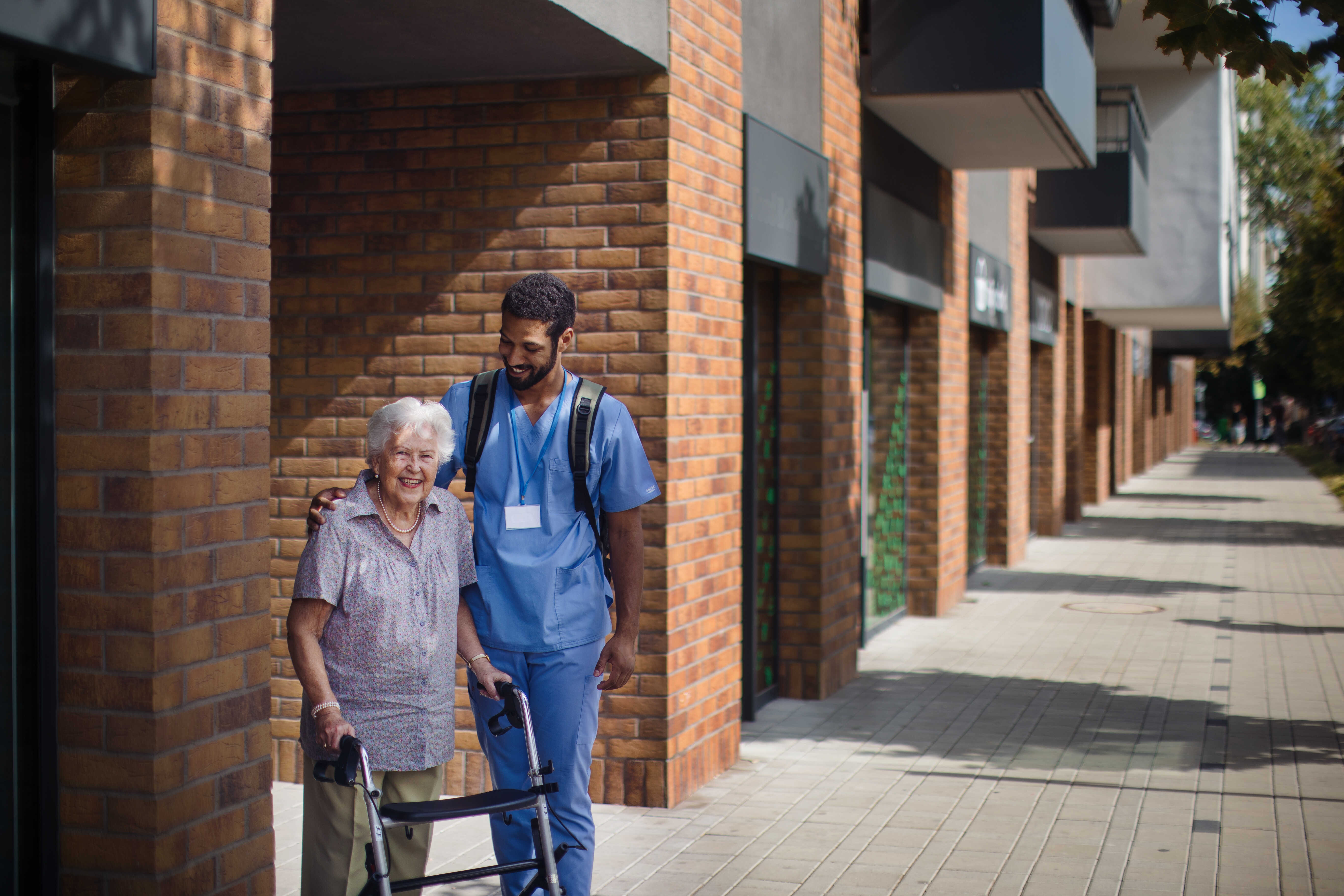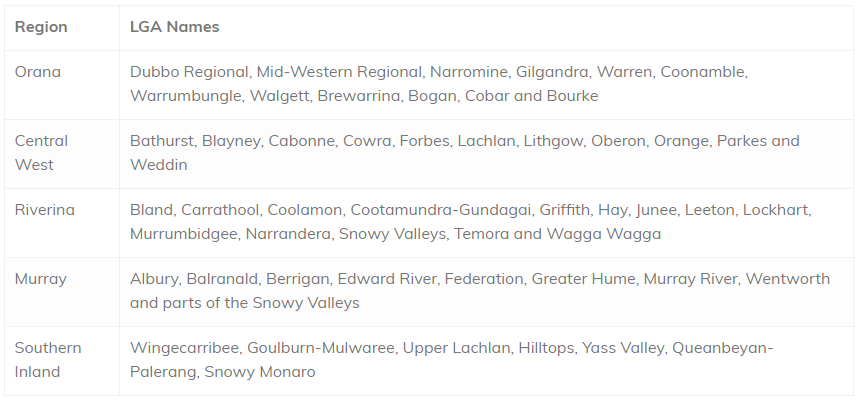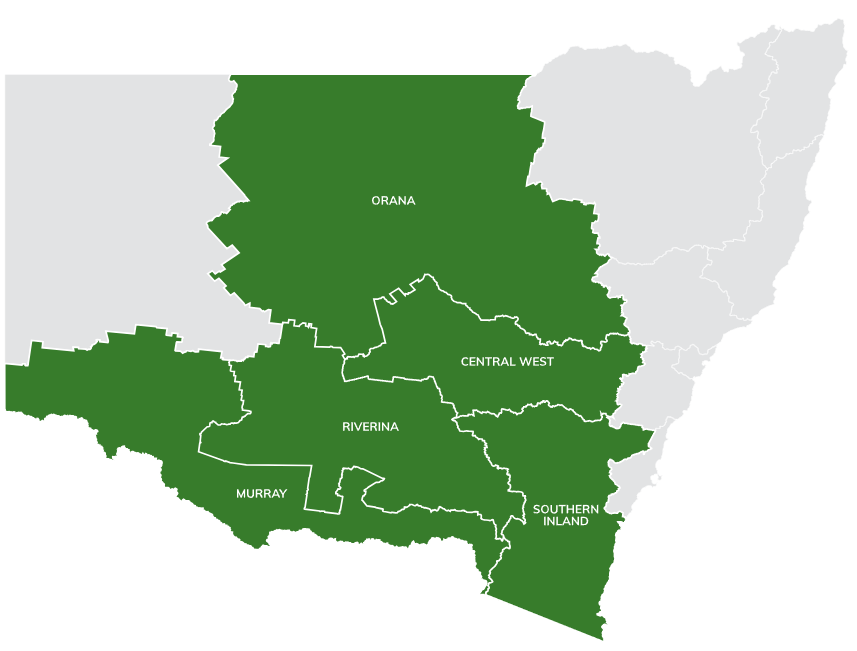Exciting news for regional New South Wales (NSW)! The Orana Designated Area Migration Agreement (DAMA) has been expanded to include more regional areas of NSW. This comes as a welcome change for many businesses in those regions who are struggling to fill skills shortages in sectors such as aged care, agriculture, horticulture, construction, food and hospitality.

What areas are covered?
In addition to Orana, expanded regions include Central West, Murray, Riverina and Southern Inland.
Eligibility to request an Orana DAMA depends on the Local Government Area in which the employer operates their business.
This table summarises council areas within the Orana, Central West, Riverina, Murray and Southern Inland regions:


Source: https://www.rdaorana.org.au/migration/dama/employer-eligibility
What is the process?
An interesting feature of the Orana DAMA is the process of seeking endorsement (i.e. support) from the Designated Area Representative (DAR). It can be quite a lengthy process.
- Employer must conduct Labour Market Testing, in other words job advertising.
- Once the specific region is identified, employers will need to arrange a discussion and subsequently lodge an endorsement application with a relevant Migration Officer in their region.
- At the initial interview, suitability for endorsement will be discussed. This step can be skipped if the employer is being represented by a migration agent or lawyer.
- RDA Orana DAMA Migration Officer will assess the Endorsement Request and liaise with the employer if further information is needed.
- Having provided endorsement, RDA Orana DAMA Migration Officer will send the completed application package to the RDA Orana DAR for their final assessment.
- After officially approved by the RDA Orana DAR, a request can be made to the Department of Home Affairs for a Labour Agreement.
Occupations available
There are currently 129 occupations available on the Orana DAMA occupation list: https://oranadama.org.au/migration/dama/occupation-list
Concessions available
Permanent residency pathway
All occupations have an available pathway to permanent residency (PR) through the ENS 186 visa, after having living and worked in the Orana region for 3 years holding a 482 visa.
Age
Occupations Skill Level 1-4: up to 55 years old
Occupations Skill Level 5: up to 50 years old
English
Eligible occupations may allow applicants to have lower English scores than the standard requirements (unless higher scores are required for registration/licencing).
For 482/494: IELTS overall 5.0 with no minimum in each band
For 186: IELTS overall 5.0 with minimum 4.0 in each band
Temporary Skilled Migration Income Threshold (TSMIT)
Depending on the occupation, two types of TSMIT concessions may be available:
- Annual monetary earnings of 90% of current TSMIT
- Monetary earnings are minimum 90% of current TSMIT and non-monetary earnings are maximum 10% of current TSMIT- with total package at least equal to TSMIT
Click here to learn more about DAMAs.
Do you need help with your visa application?
Our team of experienced Immigration Lawyers and Migration Agents is ready to assist you with your visa application.
Based in Adelaide, South Australia, we provide Australian immigration advice to people and businesses from all over the world.
You can book an appointment online or call us at (+61) 8 8351 9956.











